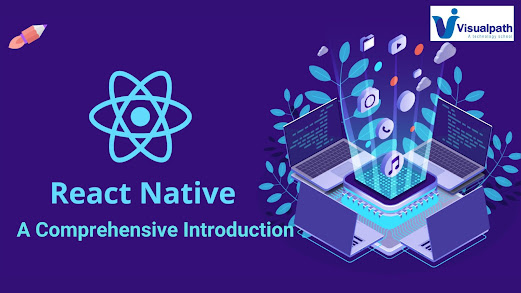The Power of React Native: A Comprehensive Introduction

In the ever-evolving landscape of mobile app development, React Native has emerged as a transformative force, enabling developers to build cross-platform applications with efficiency and elegance. In this article, we'll delve into the fundamentals of React Native, understanding its origins, key features, and the impact it has had on the development community. - React JS Online Training The Genesis of React Native React Native, an open-source framework developed by Facebook was first introduced in 2015. Built on the foundations of React, a popular JavaScript library for building user interfaces, React Native extended its capabilities to mobile app development. The primary goal was to allow developers to create native-like experiences across multiple platforms using a single codebase. Cross-Platform Development Made Simple The distinguishing feature of React Native lies in its ability to facilitate cross-platform development. Instead of maintaining separate codebases f

